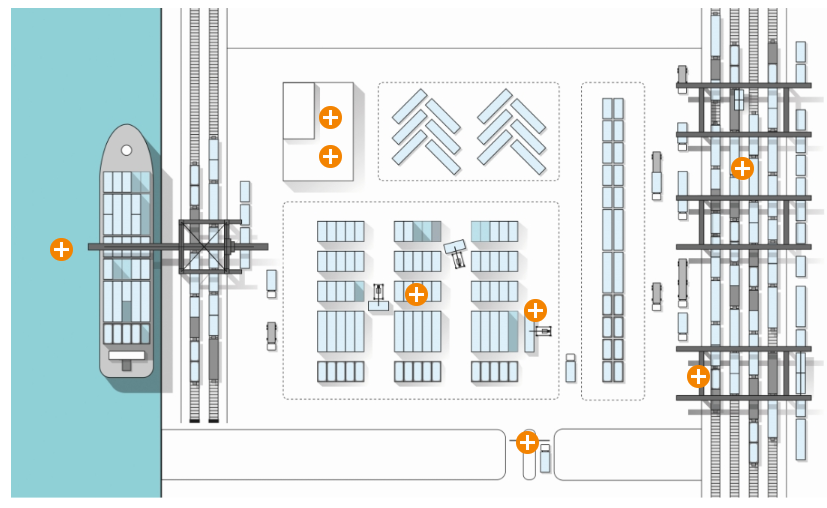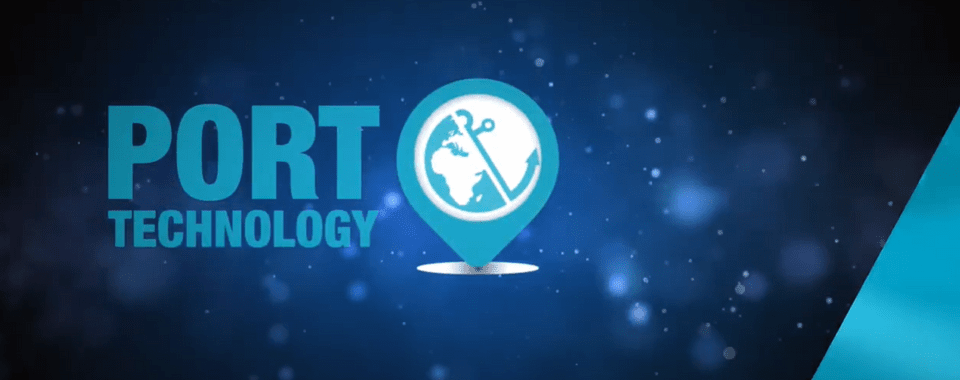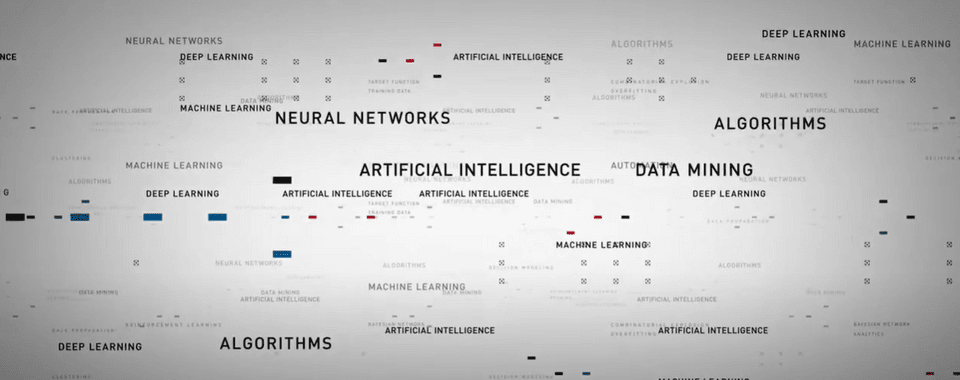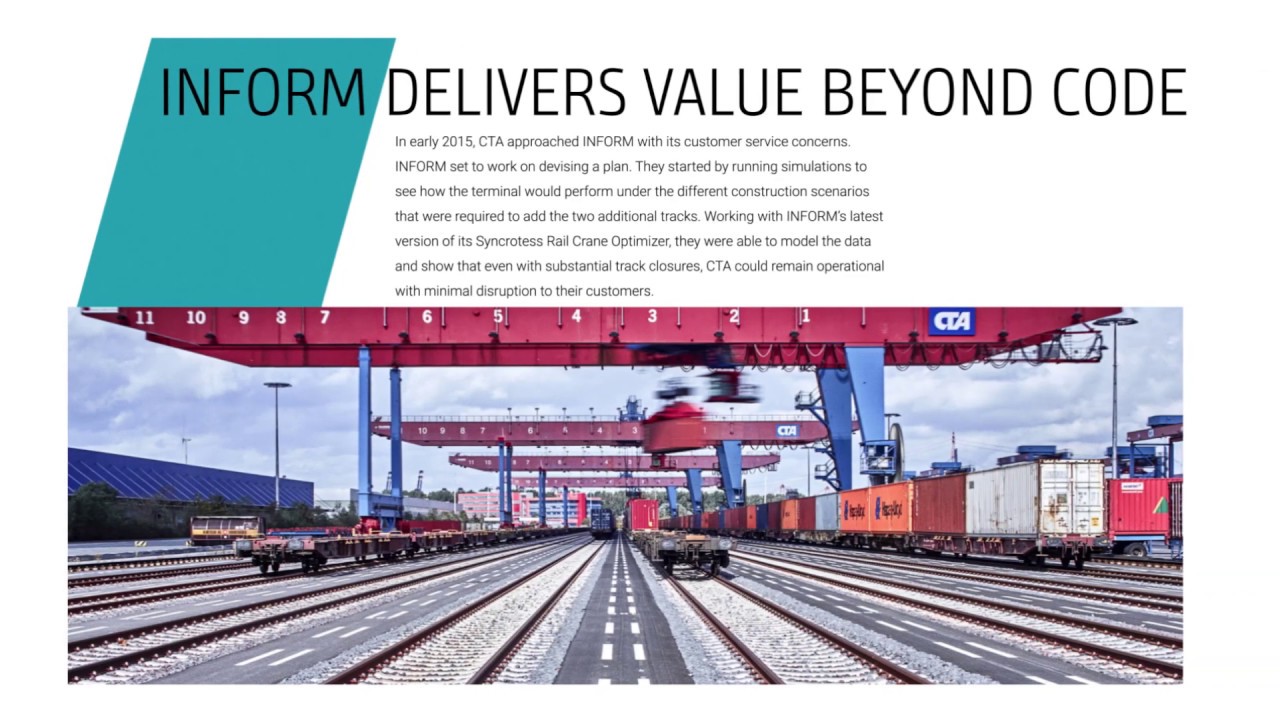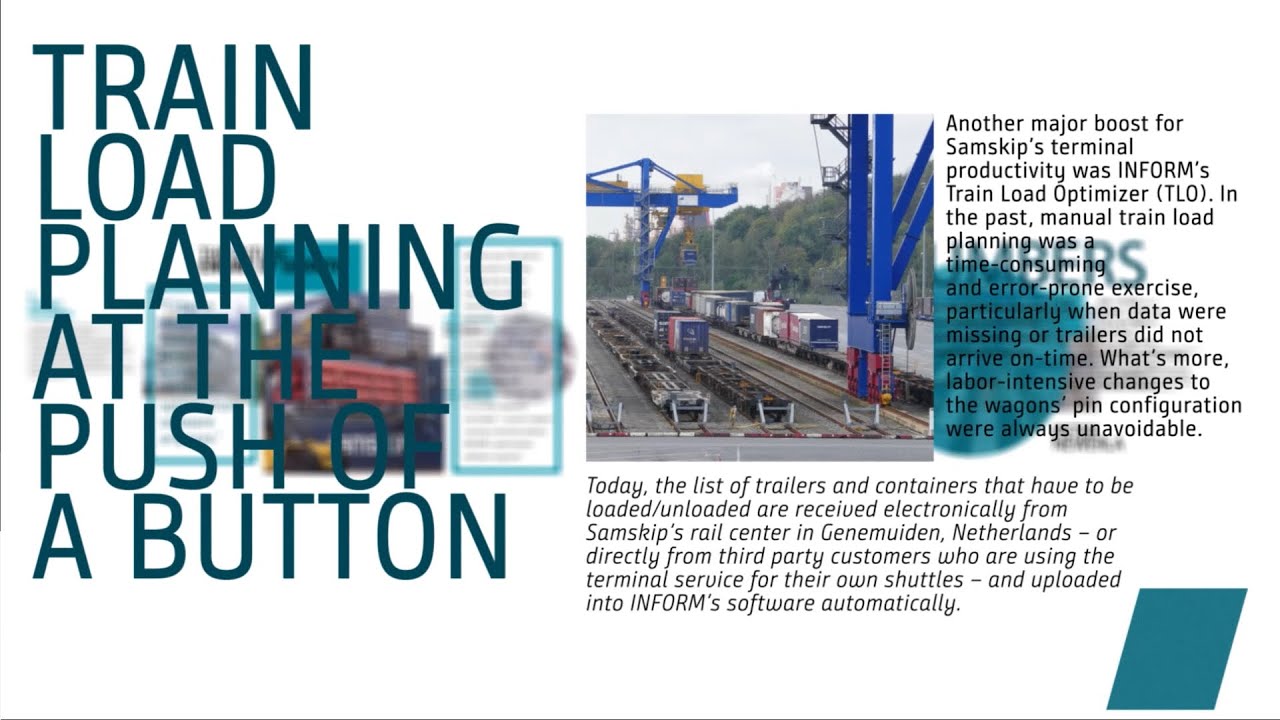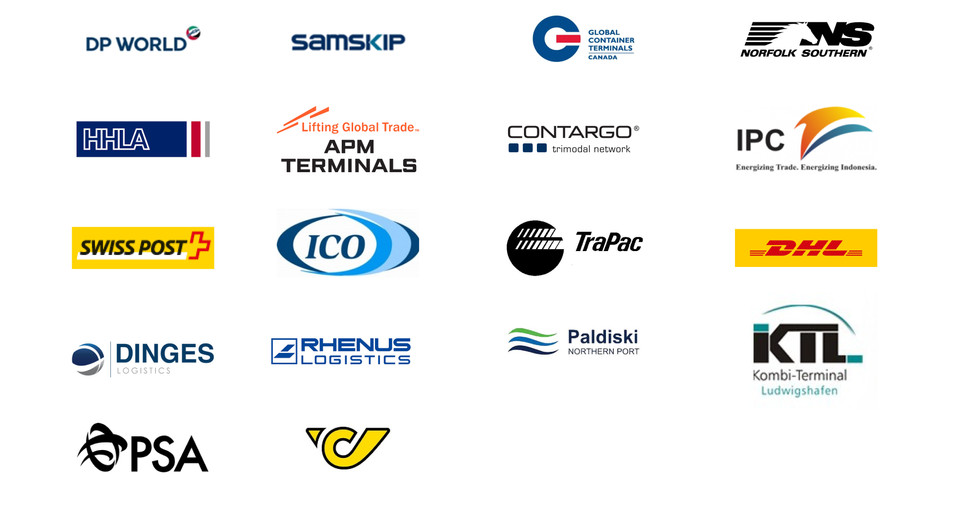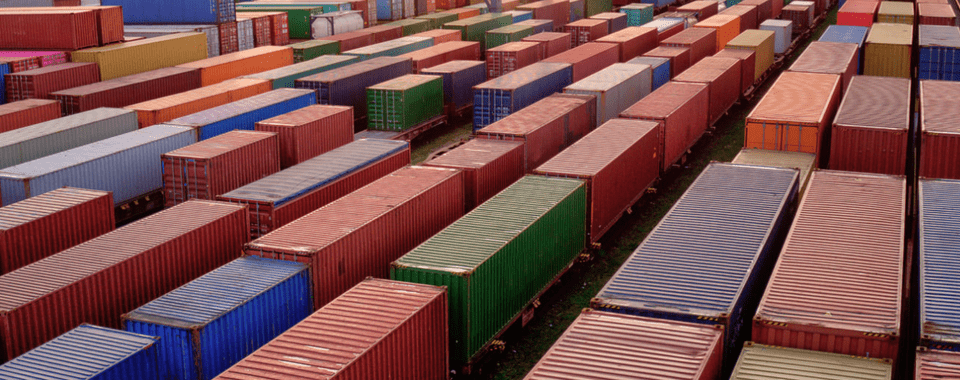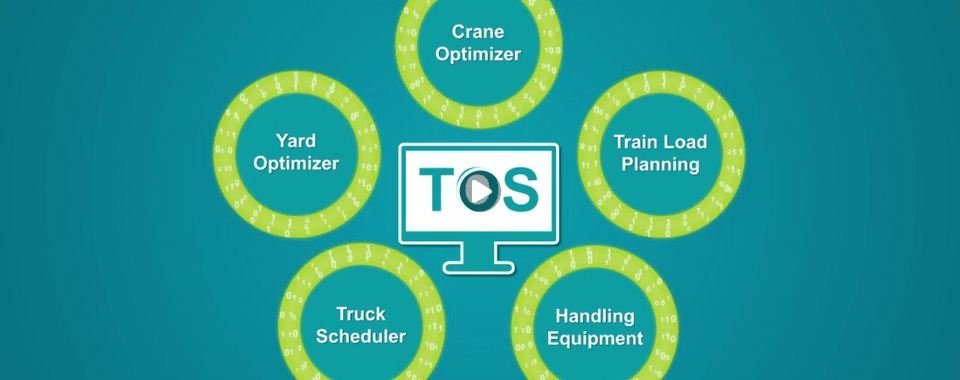
Advanced TOS Optimization: every second counts
HOW DOES ADD-ON AI AND OPTIMIZATION WORK?
Container terminals all around the world need to speed up the performance of their Terminal Operating Systems (TOS) in order to keep pace with growing demands. INFORM's intelligent optimization modules are able to make split second decisions, moving every container and equipment into an optimized position, giving them a head start for their next move. In an optimized terminal, every second counts!
#CHALLENGE YOURSELF

